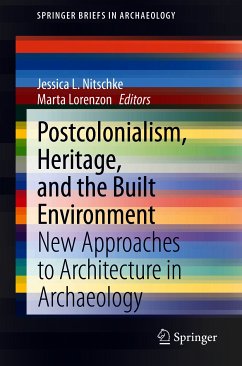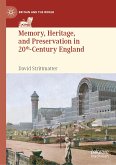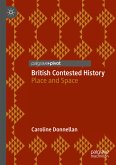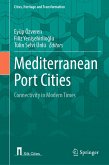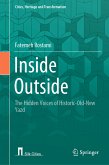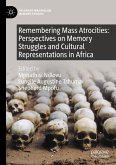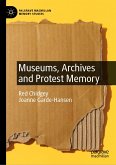The chapters present case studies from Africa, Greece, Belgium, Australia, Syria, Kuala Lumpur, South Africa, and Chile, covering a wide range of chronological periods and settings. Through these diverse case studies, this volume encourages the reader to rethink the analytical frameworks and methods traditionally employed in the investigation of built spaces of the past. To the extent that these built spaces continue to shape identities and social relationships today, the book also encourages the reader to reflect critically on archaeologists' ability to impact stakeholder communities and shape public perceptions of the past.
Dieser Download kann aus rechtlichen Gründen nur mit Rechnungsadresse in A, B, BG, CY, CZ, D, DK, EW, E, FIN, F, GR, HR, H, IRL, I, LT, L, LR, M, NL, PL, P, R, S, SLO, SK ausgeliefert werden.

